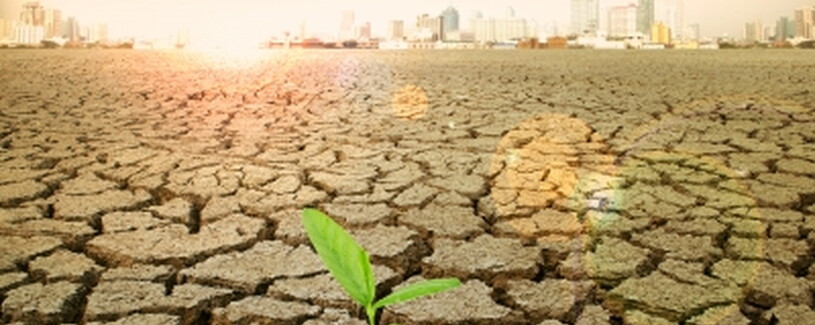Santam: Crop Insurance and Climate Change

Santam, the leading short-term insurer in South Africa, was actively pursuing a strategy and associated initiatives to build climate change resilience in South Africa. The company claimed over 22% of all insurance business in South Africa and provided over half of the country's crop insurance.
Crop insurance provided farmers with a hedge against climate, environmental, and other risks. Around 40% of grain farmers in South Africa purchased hail insurance, the most common policy in agriculture. In years when crops were damaged before they could be harvested and sold, crop insurance provided resources that allowed farmers to be able to plant the following season. Settlements for weather damage not only made it possible for growers to continue their livelihoods, but also helped stabilize the region's food supply. However, many small landholders were priced out of the market for crop insurance. Unlike the government of many other countries, South Africa did not provide subsidies for crop insurance.
To underwrite these agricultural policies, Santam used its risk assessment expertise and decades of weather-related data to estimate the frequency of major weather events. It was widely acknowledged that climate change was likely to increase the frequency of major events, but it would take years for the changes to show up in actuarial models.
Nonetheless, Santam was preparing for the effect of climate change on crops. The company was proud of being in the forefront of social responsibility and sustainability issues. Company officials participated in discussions of climate change and investigated ways of making the country more resilient to the coming changes in weather. There were a variety of new models for crop insurance as well a number of ways to make the agricultural sector more resilient to the effects of climate change. Santam executives had the challenge of using cost-benefit analysis to determine which of these options was the best for the company and its policyholders.
Santam was also taking a deep look at the strategy of climate resilience and how it might build its crop insurance business in the rest of Africa. The company faced considerable challenges in this area as crop insurance had low penetration in other parts of Africa. Company officials therefore had to take a hard look at where the company should focus its efforts in the future. How could the company increase revenues, decrease costs, or reduce risk to make crop insurance more feasible? How should Santam evaluate potential resilience projects? And how could the company share its expertise in risk management and mitigation to benefit South Africa and the rest of the continent?